Many lakes in North America are affected in varying degrees by invasive alien plants.
An invasive plant is one that colonizes (or has colonized in the past) new sites or regions at a rapid rate and produces dominant populations, either in terms of coverage or numbers, or both. Humans contribute to the invasion by introducing the plant or preparing the ground for the invader.
A plant invasion is not necessarily a major problem for the environmental health of a body of water. But it is certainly a visible and disturbing problem for shoreline property owners.
In the northeast of the continent and in certain areas of the Midwestern United States, Eurasian watermilfoil is the most worrisome invasive aquatic plant. Is it possible to prevent its spreading? Yes, but the price of doing so is high and the battle is a permanent one.
For several years now, my research team at Laval University has been looking not only at the scientific relevance of controlling the spread of invasive plants, but also at the operational feasibility and costs of doing so. These, in the final analysis, are often the only things that matter.
This article is part of our series Our lakes: their secrets and challenges. This summer, The Conversation and La Conversation invite you to take a fascinating dip in our lakes. With magnifying glasses, microscopes and diving goggles, our scientists scrutinize the biodiversity of our lakes and the processes that unfold in them, and tell us about the challenges they face. Don’t miss our articles on these incredibly rich bodies of water!
An invader from Asia
Eurasian watermilfoil is a herbaceous vascular plant. Its sap circulates in vessels, which means it is not an alga.
It was introduced to the United States in the 1940s from China or South Korea, probably as an aquarium plant. It has since spread to all the American states and three Canadian provinces (British Columbia, Ontario and Québec).
It colonizes shallow areas of ponds, lakes and rivers, where it forms very dense beds that cover several thousand square metres. Its effects on biodiversity are poorly documented. However, since it occupies the same space, at depth, as several North American aquatic plants, it probably impoverishes the plant diversity of bodies of water when it is present in high densities by monopolizing resources (light, nutrients).
It has a greater impact on swimming, boating and even property values, particularly in small lakes where it can sometimes cover the entire surface area.

(Ministère de l’Environnement, de la Lutte contre les changements climatiques, de la Faune et des Parcs du Québec), Fourni par l’auteur
A long-term battle
In the United States, watermilfoil is usually controlled by herbicides. These have a very short-term effect and spraying has to be repeated regularly to maintain control. Native plants are often more affected by the pesticide than watermilfoil is, leaving the invader free to roam.
Removing the stems and roots is a more effective approach. Lake George and Upper Saranac Lake (110 and 19 square kilometres, respectively), in New York State, are among the very few lakes in North America to have significantly and, above all, sustainably reduced the surface area of their watermilfoil beds this way.
This feat has been achieved thanks to patient digging operations by large teams of divers who have removed thousands of kilograms of watermilfoil over the years.
At Upper Saranac Lake, the watermilfoil control campaign, which began in 2004, removed more than 22 metric tonnes of the plant (slightly more than a 12-wheel dump truck) in the first three years. The effort involved almost 35,000 person-hours of diving, but the quantity of watermilfoil (biomass) in the lake was reduced by 97 per cent. It was like taking a sledgehammer to the invader.
Intensive control was then followed by maintenance control, which for several years has resulted in a minimal summer harvest (20 kilograms in 2023). This work is exemplary in terms of sustainability, but it has nevertheless cost a total of more than $2 million dollars.
My team repeated the experiment in a smaller lake in southern Québec, the Lac des Abénaquis (one square kilometre). We hypothesized that we could achieve the same result as at Upper Saranac Lake but more quickly, and at a lower cost, by using synthetic benthic mats to cover the large beds. These tarps act as a physical barrier to the growth of the stems, and can eliminate the watermilfoil underneath in just ten weeks. They can then be used elsewhere in subsequent summers.

(Vincent Gagné), Fourni par l’auteur
Thanks to sound strategic planning that prioritized the most problematic watermilfoil beds, we managed to reduce the surface area of watermilfoil in the lake by 95 per cent in just five years. So it’s working! But to achieve this, we had to invest more than $200,000 for each hectare of weed that was eliminated.
What’s more, if the results of intensive control are not preserved in the future by maintenance control that eliminates the rebuilding watermilfoil beds without delay — because the plant can never be completely eradicated from a lake — this investment will have been a complete waste, since it will only take a few years to return to the initial situation.
Think carefully about the plan
The cost of combating watermilfoil can be cut in half if volunteers and local players such as municipalities get involved. But it is still very costly if it is undertaken late, i.e. once the watermilfoil has become firmly established.
Before embarking on a control campaign, the riverside property owners’ associations and municipalities concerned must first carry out a full health check of their lake and prioritize the disruptive agents. If watermilfoil is only a visible symptom of deeper problems, investing in control may not be the wisest course of action. In that case, it would be better to invest at the source in things like reducing nitrogen and phosphorus inputs, rather than pulling up roots and installing tarps.
It’s a good idea to think through any actions carefully. Fortunately, citizens and their representatives are becoming better equipped to make informed decisions based on sound science to improve the state of their lakes.

The post “When fighting invasive aquatic plants, choose your battles” by Claude Lavoie, Professeur titulaire, écologie des espèces envahissantes, Université Laval was published on 07/31/2024 by theconversation.com











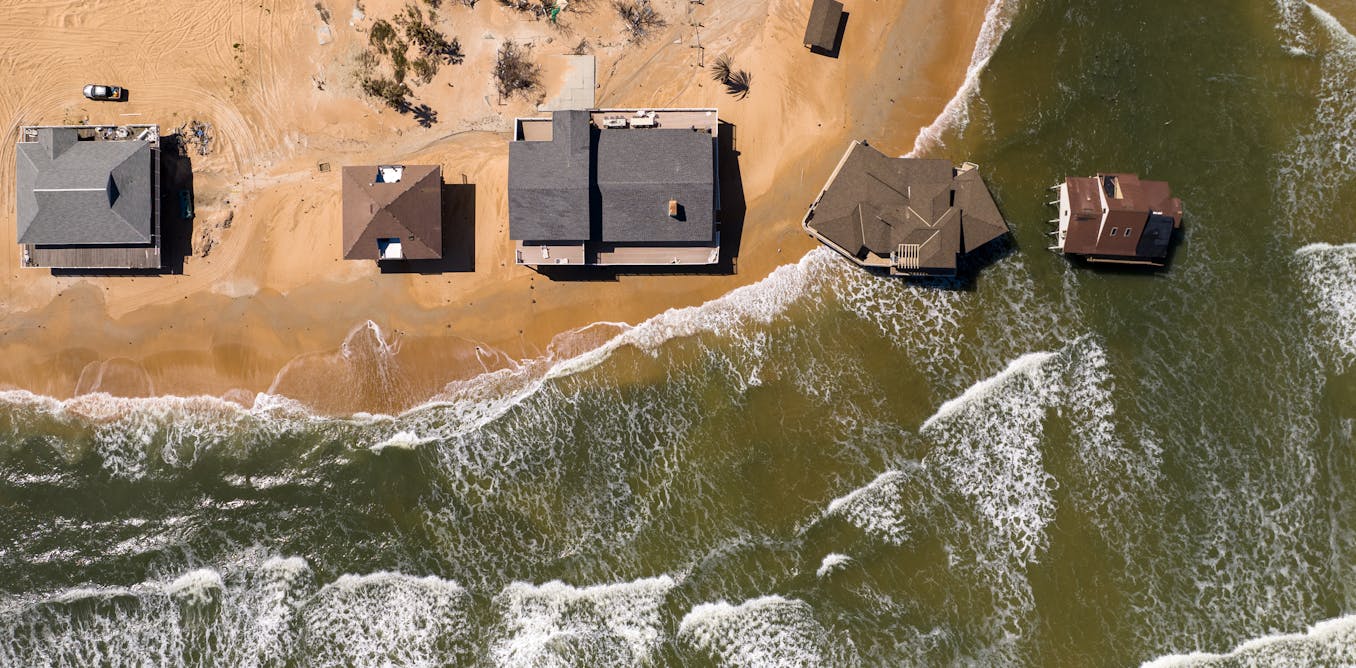


















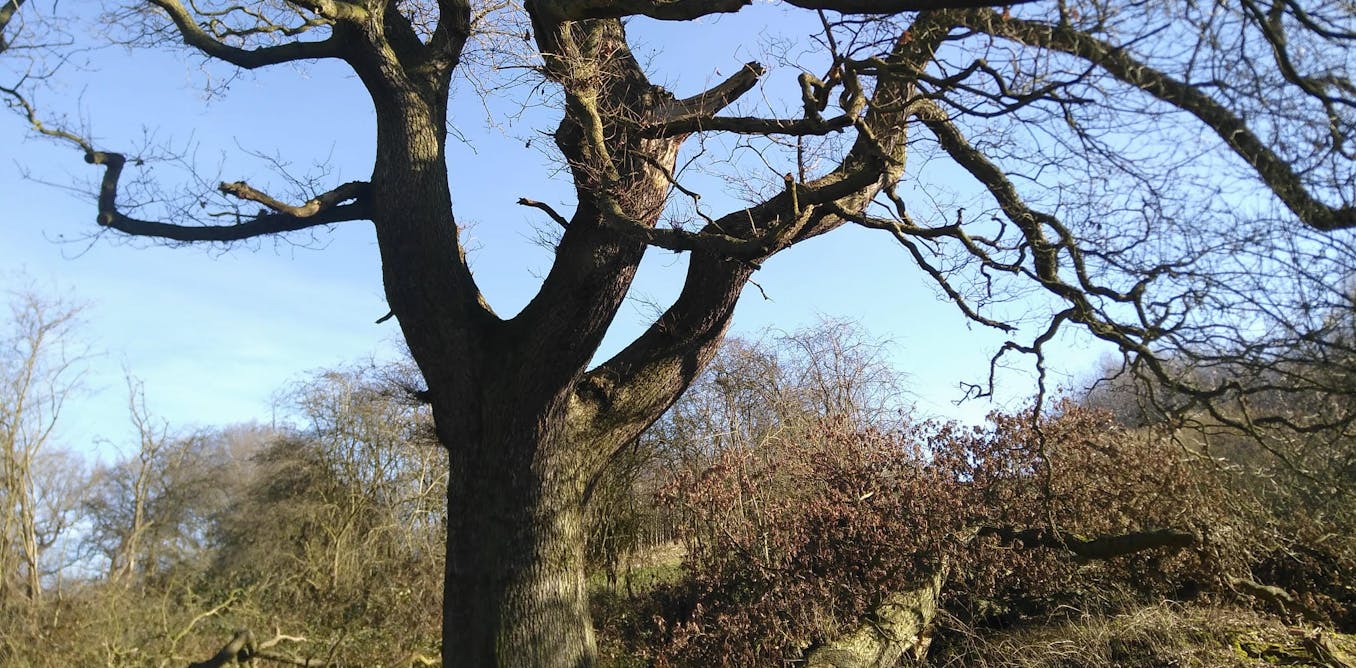
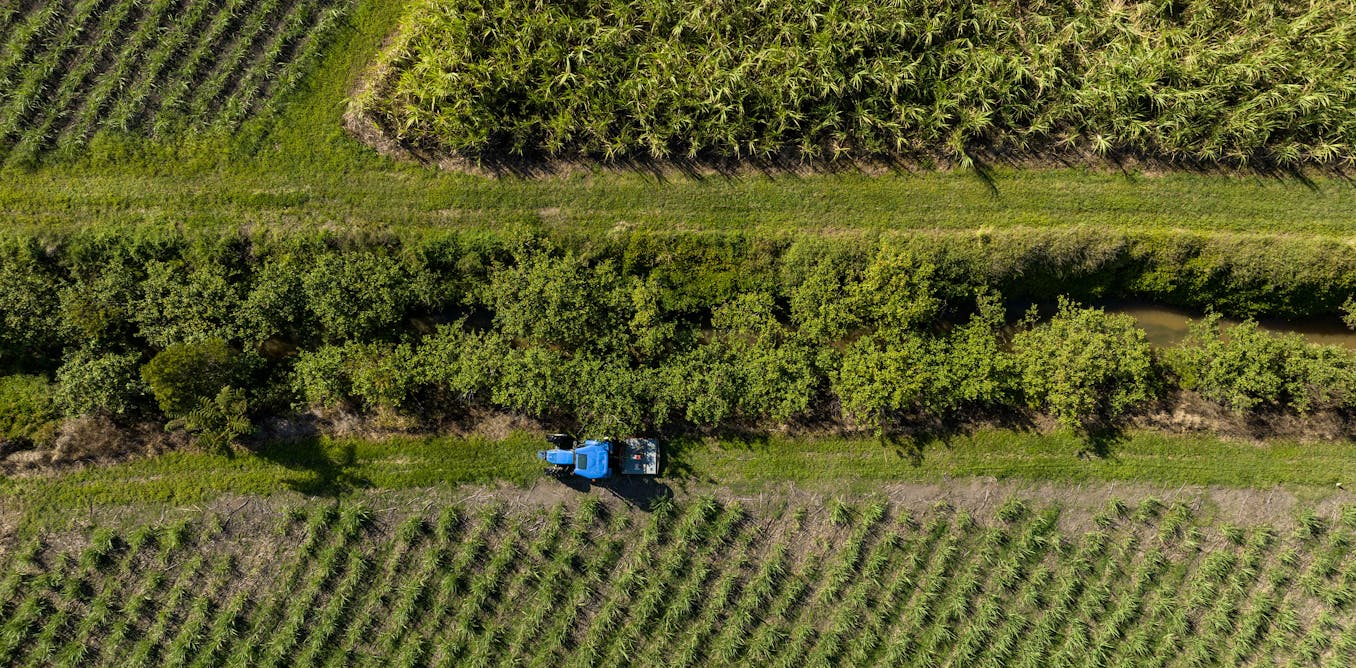
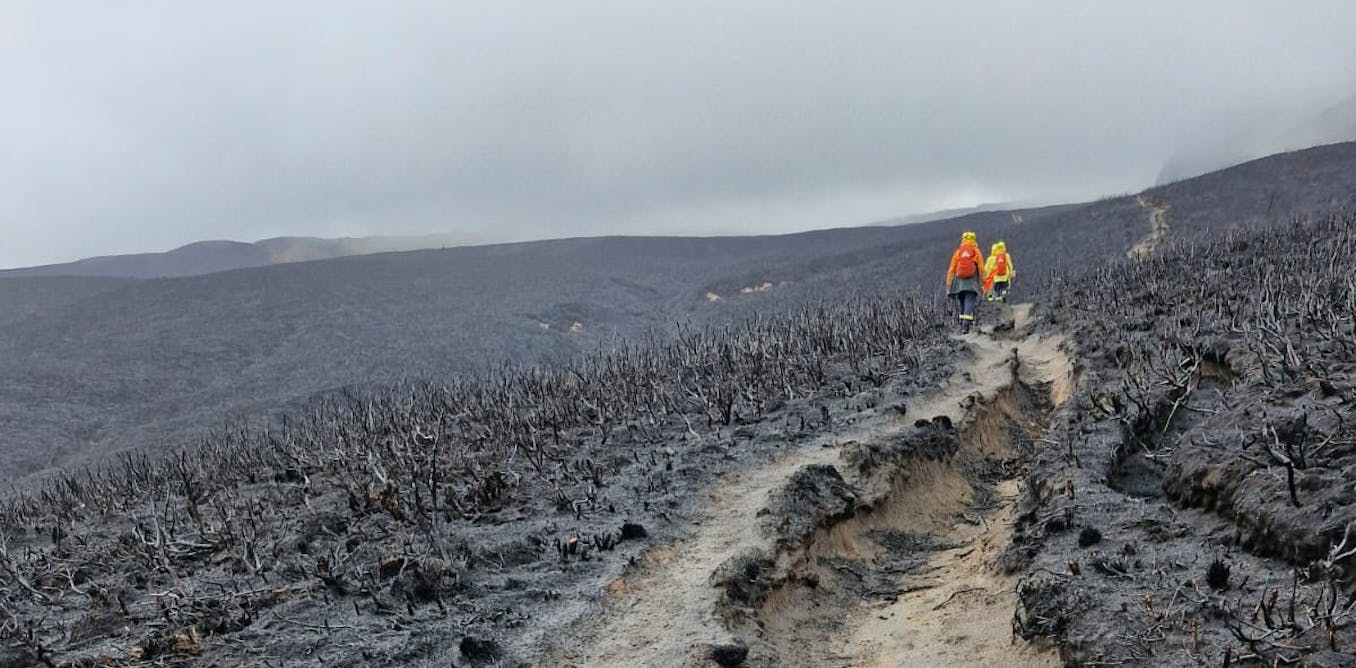


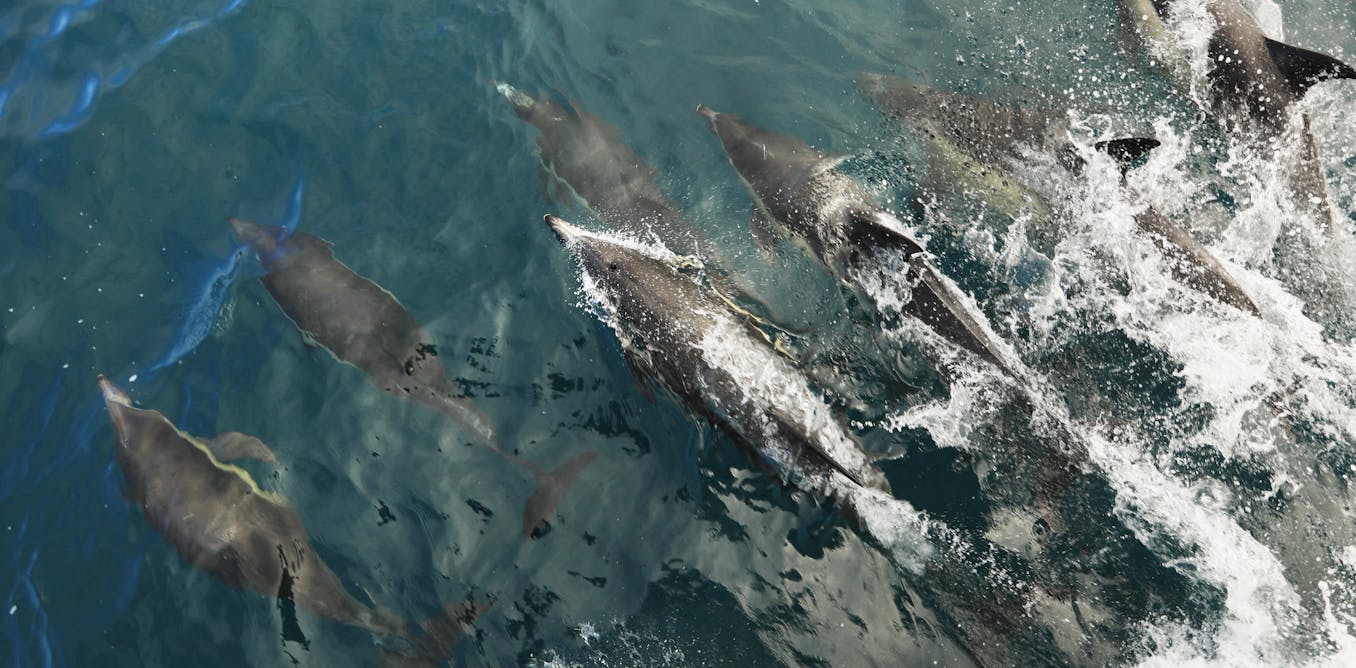
Leave a Reply